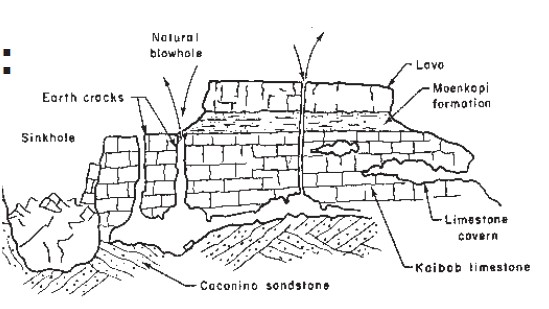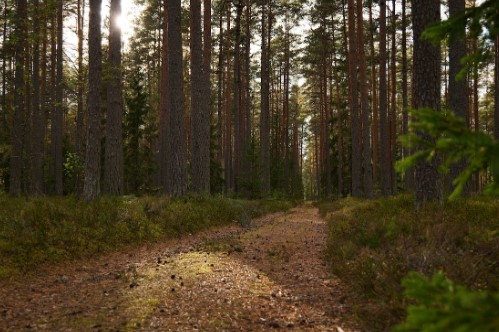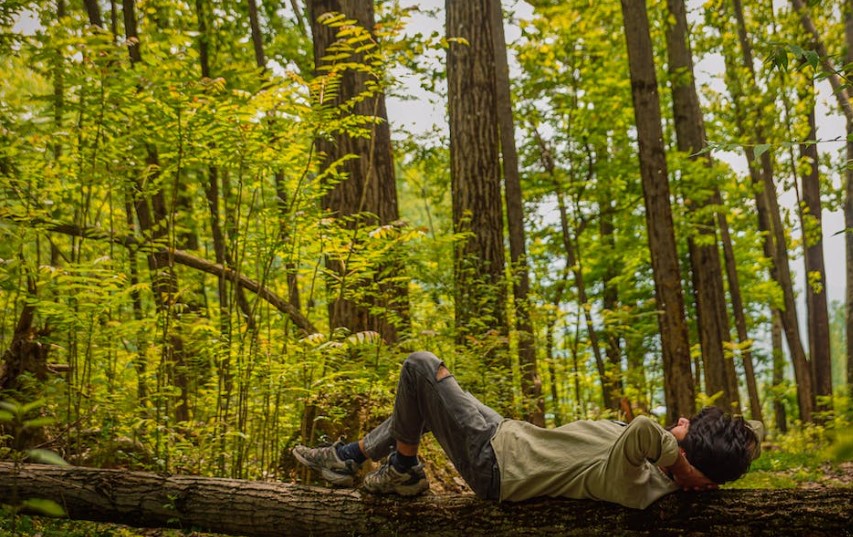How Do Blowholes Work?
Well, the question is, how do blowholes work? Let’s do a deep dive and learn more about this topic. Blowholes are tied to weather; air temperature and pressure are the elements that interact to drive this phenomenon.

Temperature
Air travels from areas of higher to lower density. Therefore, the airflow cycle is tied in part to daily temperature variations. When the air is cool in the early morning and at night, it is comparatively dense compared to the air in the blowhole system, thus, this difference causes the air to rush in. As the outside air warms up, it may sooner or later become the same density as the air underground, causing airflow at the blowhole to stop. If the outside air keeps on warming up and becomes less dense than underground, air will blow out of the hole.
Pressure
Moreover, to changes caused by temperature, the blowhole is affected by changes in atmospheric pressure that occur as weather systems travel through the area. When a low-pressure system moves in, underground air is higher in pressure, causing air to blow out. If high-pressure moves in, the opposite occurs. (For an analogy, think of a fully inflated bike tire. If you push down on the tire valve, air rushes out due to the excessive pressure in the tire.)
Figuring it all out
If air is blowing out one blowhole, is it blowing in another?
Well, the answer is simply “No”. The Wupatki region is typically filled with blowholes that are all doing the same thing at the same time. This is because the weather will be similar throughout the region. It is difficult to predict what the blowhole may do at any given time because of the complex interactions between air temperature and pressure. The most effective way to determine what it’s doing is to check it out in person. You won’t be the first in history to contemplate this occurrence and puzzle over how it works.
For a hole, only a couple of inches across, the blowhole generates enormous interest. Perhaps it’s the mysterious nature of the hole that stirs our imaginations. No one knows what is down there. Perhaps it’s the uniqueness of the phenomenon that sparks our curiosity. We don’t often encounter air naturally blowing in and out of the ground. What interests you about this little hole in the ground, this place where the earth breathes?
What are they?
A blowhole is a small opening in the ground through which air blows out or sucks in a kind of natural fan or vacuum. At Wupatki there are several known blowholes, including one at the end of the Wupatki Pueblo interpretive trail. Further, investigators on blowholes in northern Arizona point to that the openings connect with an extensive underground fracture system. Because the fractures open to the surface are locally known as “earth cracks,” which are at times hundreds of feet deep,.
Before the masonry box was placed over the Wupatki blow-hole in 1965, spelunkers descended 18 feet down the very small opening. The blowhole proved to be a small opening to a large underground fracture that was too constricted to explore.
The fractures are tectonic in origin, having been formed over millions of years as the Colorado Plateau region buckled and stretched in response to plate movements. Earth cracks form in limestone because, like salt, limestone dissolves when in contact with water, resulting in the enlargement of existing fractures.
Moreover, few geologists argue that caverns lie beneath some blowholes. Most scientists, however, believe that the subsurface air space is confined to long, narrow, and interconnected fractures. Regardless, there is substantial underground space in this area. Measuring the amount of air blowing in and out of the blowhole near Wupatki Pueblo, investigators estimated the underground air space to be seven billion cubic feet. This is equivalent to a tunnel 165 feet square and fifty miles long!
People and Blowholes
Further, in 1962, a study was conducted to learn more about the blowholes in Wupatki and those in other places in Northern Arizona.
To test whether the blowholes are interconnected, radioactive powder was injected into one of the openings. The air emitted from other blowholes, up to 44 miles away, was checked for powder traces. Unfortunately, due to the contamination of the sites by one of the researchers, the positive results were discounted.
Whether connections exist and whether other openings affect the airflow at the Wupatki blowhole is still unidentified. An archeological team noted that loads of blowhole sites and earth cracks in the monument are associated with prehistoric habitation sites. The frequency of these associations is thought to be more than coincidental.
What significance might these blowholes and earth cracks have had for early people in the area? Air coming from blowholes is relatively cool in summer and warm in winter, prompting visitors today to suggest that they may have been used as air conditioners or heaters. Or maybe they served as weather predictors. When atmospheric pressure is low (and blowholes are blowing out) there is a greater chance of rain. In this arid land, blowholes may have been powerful and significant indicators of welcome change.
However, there are other possibilities to consider. Wupatki descendants still live in northern Arizona. They include the Hopi and Zuni, among others. In the Hopi culture, there is a tale from the Second Mesa village of Shungopovi demonstrating that blowholes are associated with supernatural openings to the wind god, Yaponcha. Maybe the people living in this area considered blowholes spiritually noteworthy and located some of their homes accordingly. Imagine what you would think of blowholes if you were not bound by scientific thought.
Vagueness Continue
Like lots of other natural and civilizing phenomena located within the Wupatki National Monument, blowholes are far from understood. The extent and makeup of these organisms are unknown. Research is sporadic, and the last blowhole study was conducted in the 1970s. Maybe these features will continue to hold on to some of their secrets. Perhaps that’s the way it should be.






